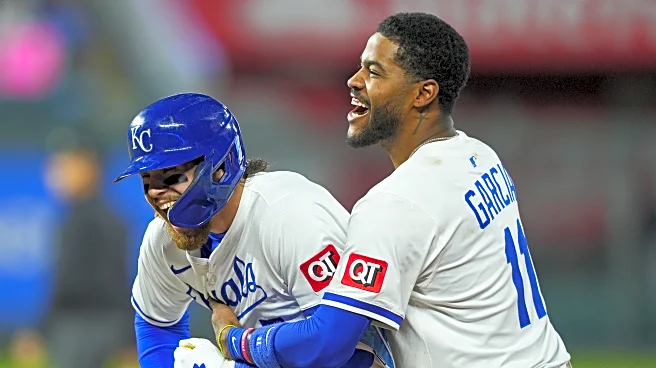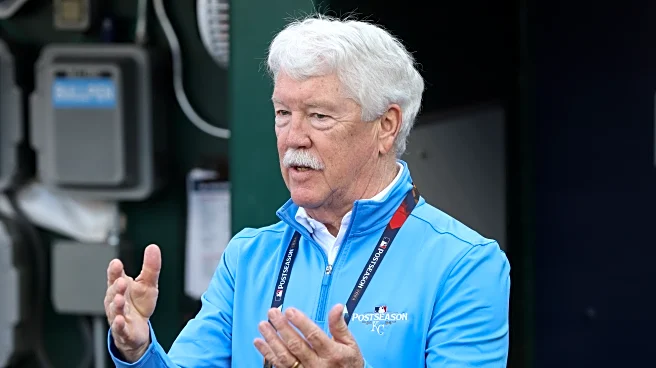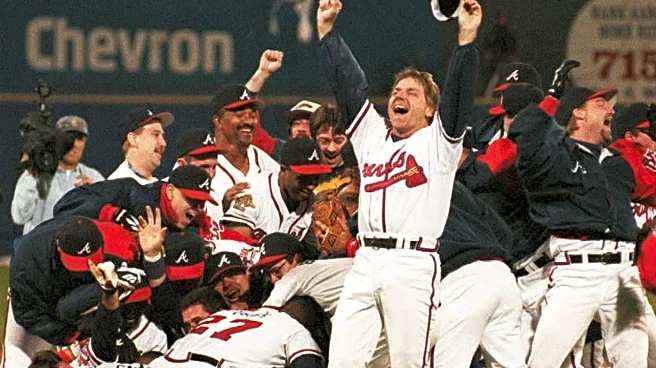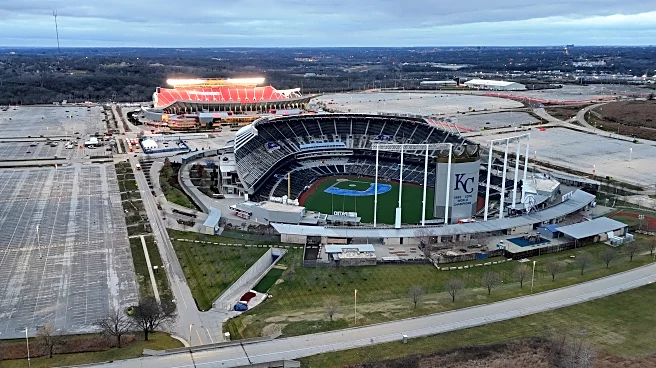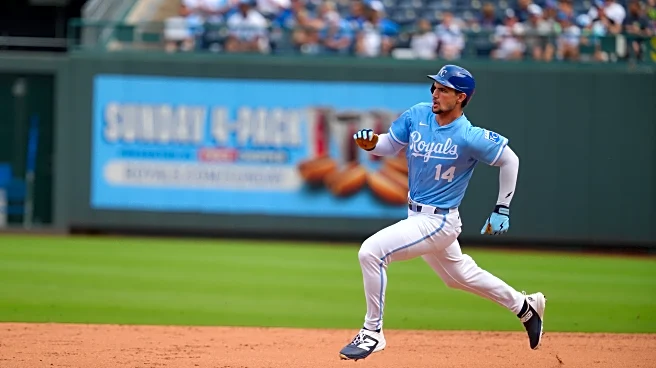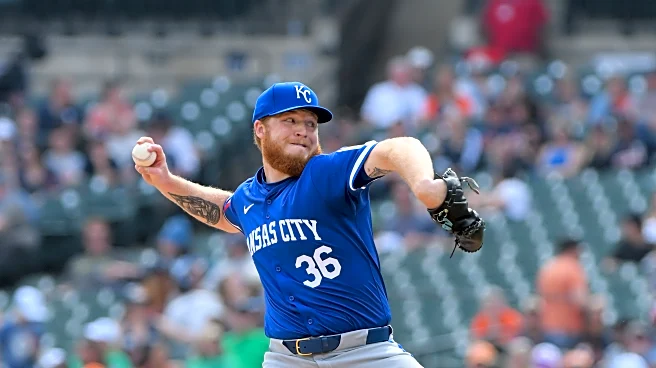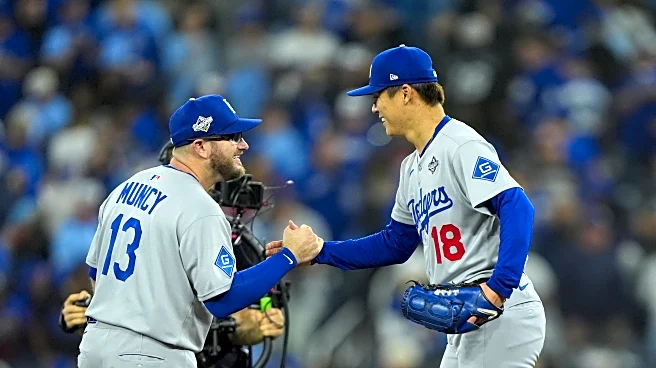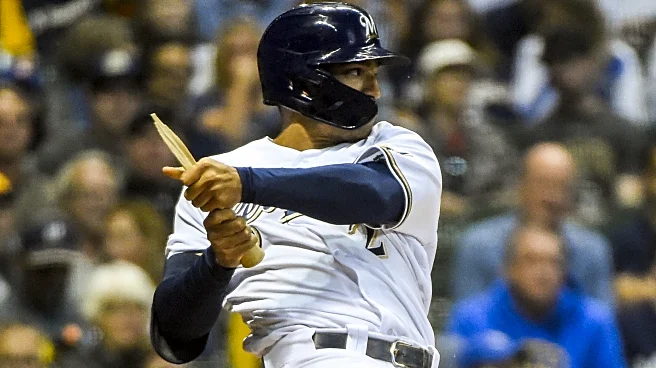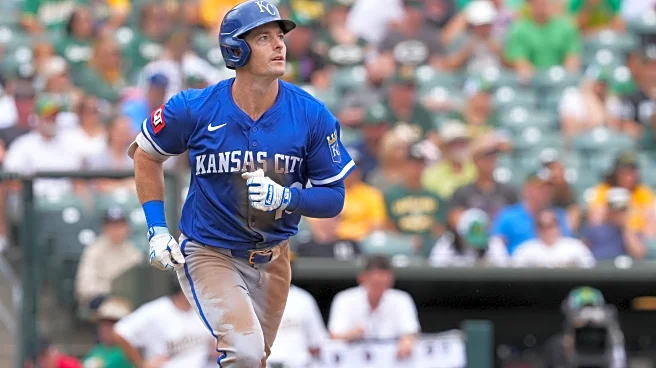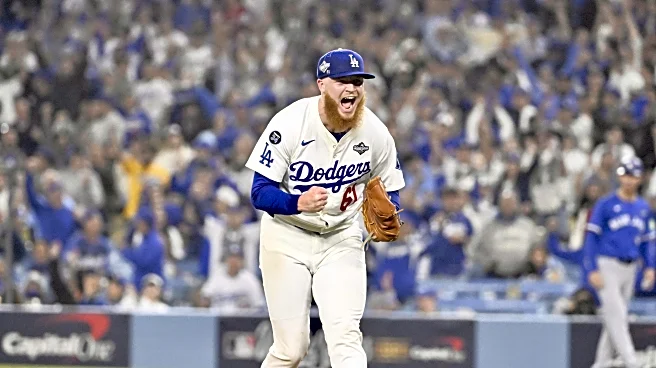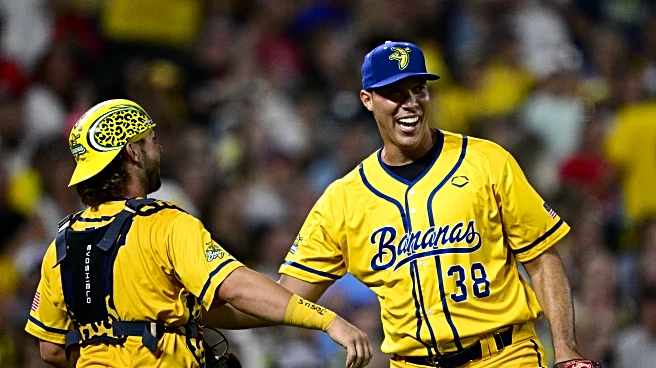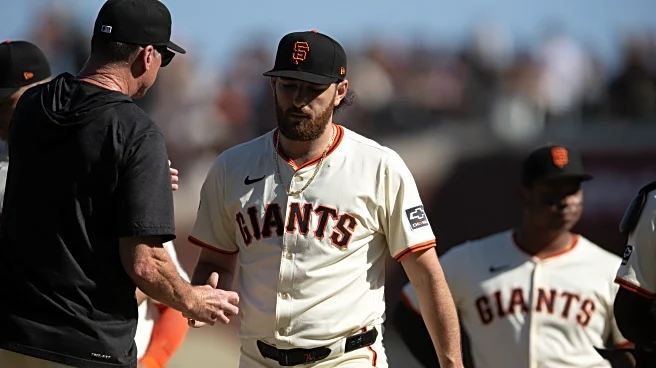The Royals have never been a team to walk much, but they did improve their patience in the second half of the season. They had a 6.4 percent walk rate in the first half – dead last in baseball – and an 8.5 percent walk rate after the All-Star break, 13th-best in baseball. I wanted to know where the walks came from and if there were real changes or not. It can be very difficult to determine, statistically, whether or not a sample represents a true change, especially over a period of less than 70 games.
I am going to give it a go anyway.
It is really easy to dismiss second-half surges for the Royals – we have seen them before. Of the ten players that the Royals played in both halves and are likely to play again next year, seven had higher walk rates in the second half. You can treat higher or not higher as a coin flip from a probabilistic perspective. The probability of seven or more heads in 10 coin flips is 17.2%, so not incredibly unlikely. The cynical part of me wants to write it off with something like that, and some of the increases were easy to ignore. The team did have 2.3 walks in the first 97 games and then 3.2 per game over the last 65 though, enough for a 36.7% increase. Also, a few of the changes were very large, so let’s look at the positives.
Jac Caglianone had a 4.3% walk rate in his first 35 games, and then after the break, walked at a 12.8% rate. That is a massive increase, but only over 27 games. Walk rates stabilize faster than a lot of statistics in baseball, but Jac’s 94 plate appearances are still short of the 120 Fangraphs indicates where a sample is no longer “noisy”, statistically speaking. He was clearly better in this department. I am not convinced that we should expect him to walk even 10% of the time going forward, though he will likely be well above 4.3%, as few expected him to be that free of a swinger. But hoping for him to become even league-average at walks for all of next year is not something anyone should be counting on.
Nick Loftin was the next biggest improvement, going from 3.9% to 11.8%. This one is much more likely to be real. Loftin has especially shown the propensity for high walk rates over the last two years. His 11.8% walk rate looks much more in line with his projected rate. Now the question becomes, how much will he be playing next season? The answer to that might be not much, which diminishes his impact in this regard, but I would expect him to be around as a bench piece at least a decent amount because he can work a walk and has positional flexibility.
It is clear Kyle Isbel is not going to be a great on-base player. Even in the minors, he was never talking ball four all that much, though a bit more often than what we have seen at the majors over the years. Part of his 5.2% increase was just regression back to his typical rate that has been a staple for him over the last several years with the ball club. He bounced back in the second half to end up where he always does, nothing more.
Michael Massey comes up next with an increase of 3.5% in the second half, but that only got him to 5.9%. I don’t really know what to think about Massey anymore. Is he going to become someone who walks? Almost certainly not.
Maikel Garcia is the last of the likely to be back in 2026 club to have a substantial increase of over 3% in walk rate. He was over 11% for the second half, and that was in a significant number of plate appearances – 280, more than double the stabilization rate. His rates in 2023 and 2024 were 7.4% and 6.7% respectively, so this is not what his history has shown, but his entire 2025 was not in line with his historical norms. Could he have also unlocked a higher walk rate? Maybe. Of course the more dangerous a hitter is, the more pitchers have to be careful with them. Would I be shocked if he for the first time at the MLB level he put up something above 10% next year? I would not. He is a more complete hitter and is not a high chase rate guy like Caglianone. This one may stick. There were also small increases in rate for Vinnie and India, but 1% higher walk rate over a short period is definitely not statistically significant.
The five players with large changes did not generate all the extra walks in the second half, and some of the other hitters might also matter next year. The big one here is Carter Jensen. He did not play in the first half, so he did not make the increase from first to second half group. He is going to be in the lineup most of next year barring injury or a collapse in performance. Carter’s walk rates in the minors were consistently in the double digits, so he should be a nice addition from an on-base perspective for a full season. The other non-first-half contributors were mostly additions who will not be back without a free agent contract. The big one is Mike Yastrzemski, who walked 25 times in just 50 games for KC. He made up 12% of the second half walk total by himself. If he is not back, the Royals will need to make up for his walks through other moves.
In short, the increase in walk rates from the first half to second was a mix of two things. Some players regressed to historic means, and some were small-sample-size flukes. The second tranche of walks came from the additions of Yaz and Jensen, one of which if for sure going to be back and the other is a question mark. Finally, the one big positive change I think looks possibly like a new level in Maikel Garcia.
I don’t think Garcia improving a bit and Carter Jensen joining the lineup can carry this team from the bottom of the AL in walks all the way to the middle of the pack like they were in the second half of 2025. If they want to replicate the second-half increase in walks, adding another bat or two with players who have that skill is going to be necessary.
